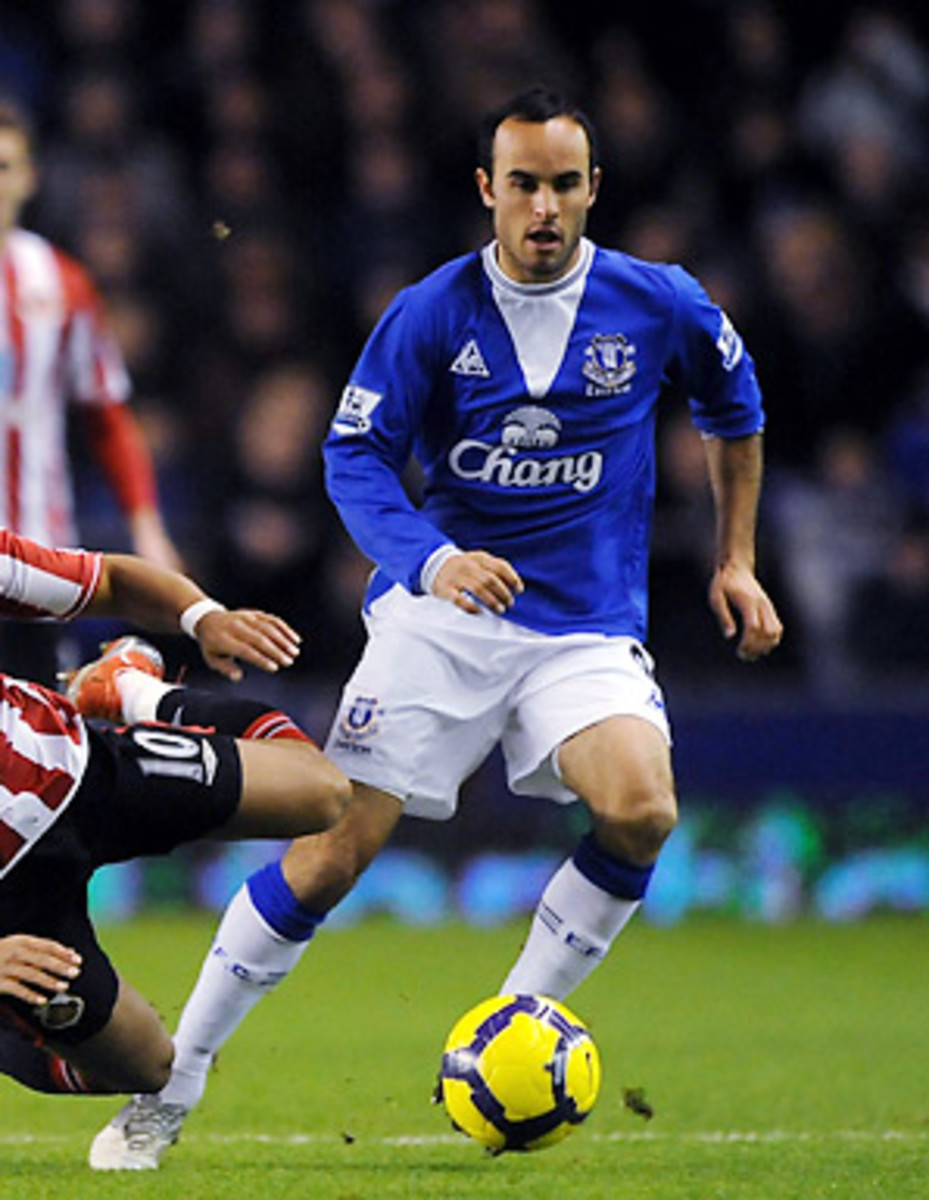Demise of the 'American player'
I doubt Oliver Wendell Holmes was a soccer fan, but in thinking about this week's column, I recalled a great quote of his: "The great thing in the world is not so much where we stand, as in what direction we are moving."
For decades now, pundits have talked about the "American player" as some kind of exception in the soccer world, separated from his European and Latin American counterparts by class, education and temperament. The American player was often (though not always) a middle-class kid, maybe a second- or third-generation immigrant, who played in organized leagues and ate orange slices at halftime.
His team went to Memorial Day tournaments in Maryland and Arizona, and everyone received a trophy regardless of how the team finished in the standings. Soccer, never a passion, was just another activity, no different than piano lessons, Greek classes, or Model UN.
The slums of Buenos Aires, the tower blocks of Marseille, the dusty streets of Monrovia -- these places might as well have been on the moon. For a while, the Maradonas, Zidanes and Weahs of the world played their way out of their circumstances, the American player used his skills to earn a college scholarship. Because soccer was not a professional option. At least not a serious one.
Even the founding of Major League Soccer didn't do much to change the world's opinion of the American player, as Eurosnobs didn't respect anyone who didn't play in Europe. Well, respect this.
This winter transfer period saw another three U.S. internationals -- Everton's Landon Donovan, Eintracht Frankfurt's Ricardo Clark and Bolton's StuartHolden -- join the growing corps of American players in Europe's Big Five leagues (Premier League, Serie A, La Liga, Bundesliga and Ligue 1). Including the on-loan Donovan, 14 regular U.S. internationals are currently on the books at Big Five clubs. Compare that total to the teams around the U.S. in the FIFA rankings. The U.S. was ranked No. 14 in December. Greece (No. 13) has nine players in the Big Five; Chile (No. 15) has only seven.
Admittedly, I included injured stars Charlie Davies and Oguchi Onyewu, as well as Clark and Holden, both of whom have yet to appear for their new clubs, in my reckoning. But regardless, having two-thirds of the national team's projected World Cup roster in the Big Five can only be good.
The best sign, though, is that the Europeans no longer seem to view them as "American players" in the traditional sense. They no longer wonder if they will become homesick for the SoCal sun or the struggle to learn the local language. They no longer invoke an American's nationality when presenting a critique.
And some even see a U.S. passport as a plus, because U.S. players are still undervalued in the marketplace. "Landon Donovan has been the best signing of the January transfer window so far," former Liverpool great Martin Lawrenson wrote in The Mirror this week. "It was a masterstroke on David Moyes' and Everton's part. Donovan is neat, tidy, disciplined and has come in and coincided with Everton's season turning completely around. That's no coincidence."
Look beyond the marquee names, and there is more food for thought. A growing number of American teenagers are joining foreign clubs -- and the clubs are welcoming them with open arms. Guys like Mainz striker Jared Jeffrey, West Ham striker Sebastian Lleget and Hoffenheim's Joseph-Claude Gyau and Charles Renken have all forgone the conventional college path in hopes of developing in the European club system. Plus, there's a large contingent of American-born kids with Mexican clubs, including upwards of a dozen youngsters at Tigres UANL alone.
Even on these shores, things are changing. In the first round of this year's MLS SuperDraft, only six of the 16 players selected played four years in college; the rest came out early to pursue their career, and one, Jack McInerney, isn't even finished with high school yet. These young bucks already have head start on their predecessors in terms of developing.
Something is certainly being lost with these changes. But from a purely soccer perspective, I see nothing but positives from the direction we are moving. Yes, as many of you have noted over the years, I'm generally an optimist when it comes to the future of U.S. soccer, maybe too much so. But that's because I've lived through and observed the tumultuous rise of American soccer over the past two decades.
The last 20 years have been rife with the high points (the 1994 World Cup, MLS' founding, the '02 World Cup, Tim Howard playing for Manchester United, '09 Confederations Cup) and growing pains ('98 World Cup, MLS contraction, '06 World Cup, Davies' accident). We've overcome a lot to get to this point.
And now I see the U.S. ready to hit its stride. Does that mean Bob Bradley and his team are about to win the World Cup? No way. Does that mean "American player" is on the verge of being a term of praise? Not even close. But it's no longer a slur. That is progress enough, 20 years in the making.
This is the last "Outside the Box" column I'll be writing for SI.com. Other opportunities mean I am moving on. I want to thank everyone for reading, for e-mailing me, supporting me, arguing with me, even hurling insults at my mother on occasion. It's all been good.






